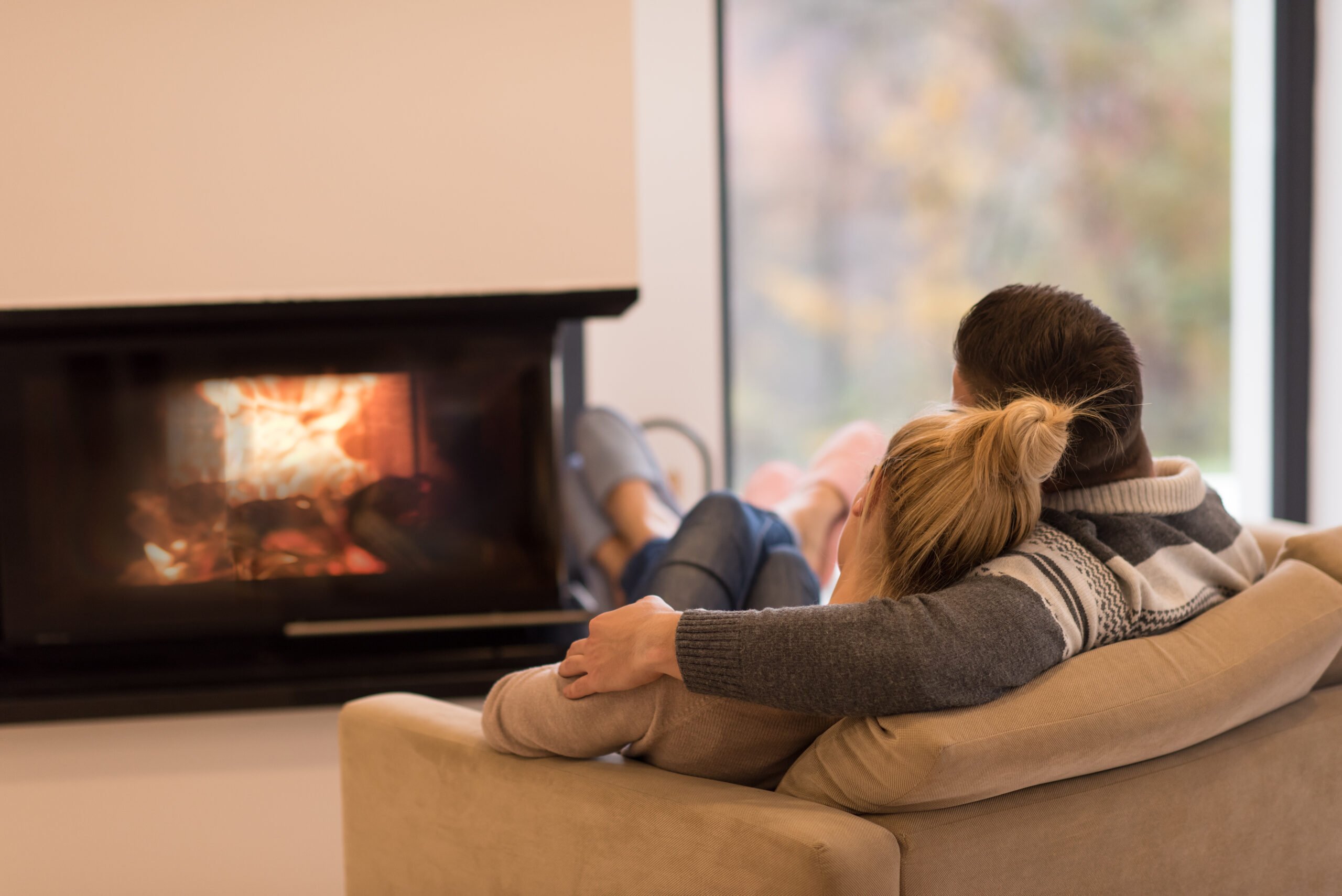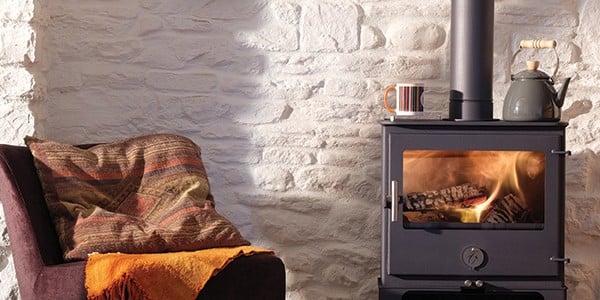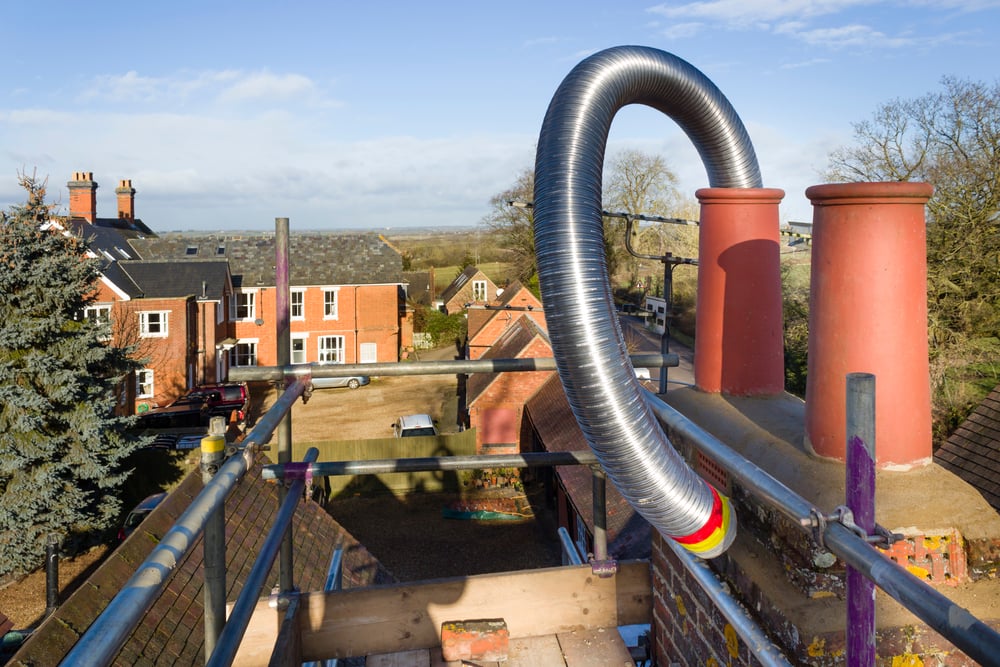Installations in thatch properties
A brief overview of installations in thatch properties
Heating thatch properties with a stove or open fire are a popular choice for many homeowners. With such properties having a combustible roof, expert advice is essential to minimise the risk associated with any installation of solid fuel or wood heating and associated chimney work. There are some key points which homeowners should be aware of when either specifying a new installation or moving into a new property with a solid fuel heating appliance, to ensure the continued safety of both the occupants and the building.
Design Considerations
Before purchasing and installing any sort of appliance within a thatched property, homeowners should be aware of the critical safety considerations and initially speak with their insurance provider, and in some cases, a conservation officer to ensure the installation of a solid fuel heating appliance is permitted, particularly when living in a listed property.
A HETAS Registered Installer should be consulted for advice on the best location for the appliance and permitted ways in which to install it to ensure compliance with the Building Regulations and ensure the risk of ignition of combustible roof materials in proximity is negated. This may involve additional constructional works in heightening the existing chimney stack, repairing the inner skin of the chimney so that is in sound condition and/or providing ventilation around a chimney to reduce the risk of ignition. In some rare cases, this may not be fully achievable dependent on the design of the chimney and/or property, and may even result in the installer requiring to walk away from a potential installation if compliance cannot be achieved.
For existing installations, there are some top tips that consumers can apply to ensure continued safety whilst the appliance is under fire, including
- Ensure the chimney is regularly swept by a HETAS Approved Chimney sweep, at least annually when burning mineral fuels and twice a year when burning wood. This is to ensure that the flue remains clear of sooty deposits, debris, and any birds that may be found to be nesting in the chimney
- Ensure installation is serviced on a regular basis, check the integrity of the chimney and ensure the stack is in sound condition
- It is encouraged to ensure the chimney remains open where possible, to enable flue gases to disperse freely and outside of any pressure zones.
- Assessment may determine that a bird guard type cowl is required to avoid nesting within the flue, ensure that the cowl is of an open-type mesh design to again promote good flue draw.
Spark arrestors should be avoided on chimney terminals in thatched structures. This is because they can become clogged (either naturally or through lack of maintenance) restricting the free flow of combustion gases and becoming a fire hazard in themselves.
Operating Considerations
As well as ensuring the chimney remains in sound condition, there are ways in which homeowners can reduce the risk of ignition of combustible roof surface materials from any embers ejected from the flue, including;
- Operating the appliance in accordance with the appliance manufacturer operating instructions, allowing the fire to burn down to a bed of embers before refuelling
- Not disturbing the bed of embers during the refuelling process – do not poke or interact with any unburnt fuel, or ash within the combustion chamber whilst the appliance is alight
- Take care when refuelling the appliance to only use the appliance manufacturer’s recommended fuel load and not overfill the firebed
- Do not overfire the appliance – adjust the air controls accordingly in line with the appliance manufacturer’s operating instructions
- Open the door slowly and in increments during the refuelling process to avoid a rush of air from entering the firebox and disturbing embers.
- Avoid slumbering or operating the appliance at low outputs, and always follow manufacturers prescribed operating techniques
The HETAS Advice Hub has plenty of advice and guidance on getting the most from your stove. Some top tips include:
- Ensuring your stove is regularly serviced and chimney swept
- Choose the right fuels for your appliance – look for the Ready to Burn certification mark when purchasing wood or solid fuels for immediate use
- Only burn wood fuels that are no more than 20% moisture content
- Ensure ventilation in your property is never blocked.



